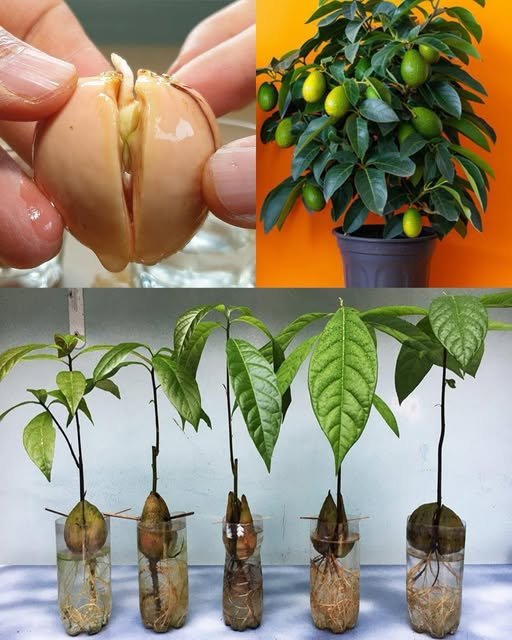If you think you need a large garden to grow eggplants, think again. Eggplants are not only productive but also surprisingly ornamental, making them a perfect choice for container gardening or small urban spaces. With the right setup, you can grow lush, fruit-bearing eggplants on a balcony, rooftop, or even a sunny corner of your home.
In this guide, you’ll learn how to grow eggplants without a traditional garden—using containers or creative setups—to enjoy an abundant harvest of this nutritious and delicious vegetable.Why Grow Eggplants at Home?
Eggplants are a versatile vegetable used in a variety of cuisines. They’re rich in antioxidants, low in calories, and can be grilled, roasted, stir-fried, or stewed. In addition to their culinary value, eggplants offer:
- Ornamental beauty: With their glossy leaves and purple fruits, eggplants can double as decorative plants.
- High yield in small spaces: A well-maintained potted plant can produce a surprising amount of fruit.
- Adaptability: They grow well in containers, making them ideal for balconies, patios, or rooftops.
Choosing the Right Eggplant Variety
When growing in containers or limited spaces, choose compact or dwarf varieties. Some excellent options include:
- Patio Baby: A compact plant perfect for small containers.
- Fairy Tale: Produces small, striped eggplants and has a high yield.
- Ichiban: A Japanese variety known for its long, slender fruit and productivity in small spaces.
These types are specially bred for container growing and will thrive even in confined environments.
Materials Needed
To start growing eggplants at home without a garden, gather the following supplies:
Step-by-Step Growing Guide
Step 1: Prepare the Container
Choose a sturdy pot with good drainage holes. Fill it with a high-quality potting mix enriched with compost. Avoid using garden soil, which may compact and drain poorly in containers.
If using seeds, start them indoors 6–8 weeks before the last expected frost, then transplant to the container once they have grown a few inches tall and developed strong roots.
If using seedlings, transplant them directly into the pot, making sure the roots are well covered and the stem is upright.
Step 2: Provide the Right Environment
Eggplants love warmth and sun. Place the container in a location that gets at least 6 hours of sunlight daily, such as a south-facing balcony, patio, or window. If you live in a cooler climate, black pots can help retain heat, which encourages faster growth.
Step 3: Watering and Feeding
Water the plants regularly, keeping the soil consistently moist but not soggy. Overwatering can lead to root rot, while dry soil can reduce fruit production.
Feed your eggplants every 2–3 weeks with a balanced liquid fertilizer or an organic vegetable fertilizer. Once the plant starts flowering, switch to a fertilizer that’s higher in potassium to support fruit development.
Supporting Your Eggplant
As the eggplants grow, the weight of the fruit can cause branches to droop or break. Use bamboo stakes, tomato cages, or small trellises to provide support. Tie the main stem and heavier branches gently with garden ties or soft twine.
Encouraging More Fruit
To ensure a big harvest:
- Pollination: If you’re growing indoors or in an area with little wind or pollinator activity, you may need to hand-pollinate. Gently shake the flowers or use a soft brush to transfer pollen between them.
- Pruning: Remove any damaged or overcrowded leaves to allow for better air circulation and sunlight exposure.
- Harvesting regularly: Pick eggplants when they are glossy and firm. Don’t wait for them to grow too large, as this can lead to bitter flavor and stunted production.
Common Problems and Solutions
- Yellowing leaves: Often due to overwatering or poor drainage. Ensure the pot has enough holes and the soil is well-aerated.
- Pests like aphids or spider mites: Can be managed with neem oil or insecticidal soap.
- No fruit: May result from inadequate sunlight or poor pollination. Make sure your plant gets enough sun and help pollinate if needed.
Final Thoughts
You don’t need a big backyard or fancy garden to grow beautiful, productive eggplants. With a little creativity and care, these stunning plants can thrive in pots, old containers, or even recycled items like buckets and crates.
By following the steps in this guide, you’ll be rewarded with glossy, delicious eggplants that not only feed your household but also add a touch of beauty to your home. Whether you’re growing them on a balcony or rooftop, eggplants prove that great gardening can happen in any space—no garden required.



